
How to Write a Compelling D&D Character Backstory (With Examples & Templates)

Updated on: 2025-12-12
Creating a great backstory for your Dungeons & Dragons (D&D) character doesn't have to be intimidating. In fact, it can be one of the most rewarding parts of character creation, giving you a chance to explore your hero’s past, motivations, and inner struggles.
Whether you're new to tabletop RPGs or a seasoned adventurer looking to deepen your roleplay, this beginner-friendly guide will show you how to write a Dungeons & Dragons backstory that adds emotional depth, inspires storytelling, and helps your character truly come alive.
Why a Character Backstory Matters in D&D
A strong backstory turns your character from a stat sheet into a person with history, pain, joy, and purpose. It enhances roleplay, informs your decisions in-game, and provides Dungeon Masters with narrative hooks to weave your story into the broader campaign.
With a thoughtful backstory, your character can:
-
Make more authentic roleplaying choices
-
Build meaningful relationships with other PCs and NPCs
-
Introduce personal stakes and motivations into the party's quest
-
Become a story the table remembers
Step 1: Start With the Basics

You don’t need to write a novel. Begin with short, clear answers to the following:
Key Questions:
-
Where was your character born or raised?
-
What was their family or upbringing like?
-
What major event shaped who they are?
-
Why did they become an adventurer?
-
What do they want most?
Even a few sentences per question can build a solid foundation.
Step 2: Define a Strong Motivation

What drives your character to risk life and limb?
Common Motivations:
-
Revenge for a fallen family member
-
Proving themselves to a mentor or divine power
-
Escaping a prophecy or fate
-
Seeking knowledge, truth, or power
A clear motivation helps you roleplay consistently and gives the DM a thread to pull in storytelling.
Step 3: Include a Defining Life Event

Add a pivotal moment that shaped your character's worldview. It doesn’t have to be dark, but it should be meaningful.
Examples:
-
Survived a dragon attack
-
Was exiled by their tribe
-
Discovered a mysterious artifact
-
Lost everything in a fire
-
Witnessed divine intervention
These events give emotional depth and storytelling potential.

Step 4: Add Character Flaws or Internal Conflicts
Flawed characters are interesting characters. A backstory should include internal struggles you can explore at the table.
Popular Character Flaws:
-
Overconfidence
-
Distrust of authority
-
Guilt from past decisions
-
Impulsive or hot-headed
-
Fear of failure or magic
Example: A warlock who made a pact to save a loved one, but now fears the cost of that decision.

Step 5: Establish a Personal Goal
What does your character hope to achieve, beyond loot and XP?
Goal Ideas:
-
Reunite with a lost sibling
-
Break a powerful curse
-
Become a legend among their people
-
Uncover the truth about their origin
Your character’s goals can evolve over time, but having one early helps direct their growth.

Step 6: Connect Your Character to Other People
People shape us, and your D&D character should have meaningful relationships too.
Examples:
-
A childhood friend they still write to
-
A rival they must one day defeat
-
A mentor who taught them everything
-
A lost love they still dream about
Tip: Are they alive, missing, or gone? Your answers build stakes and potential plot hooks.
Step 7: Tie Your Backstory Into the World

Work with your Dungeon Master to align your story with the campaign setting.
Ideas to Connect With the Setting:
-
Choose a hometown or region from the DM’s world
-
Reference recent wars, factions, or magical events
-
Mention a guild, noble house, or secret cult
-
Create a reputation, title, or rumor that follows your character
Backstories feel more impactful when they’re rooted in the shared world.
Backstory Template for Quick Reference
Use this D&D backstory template to organize your ideas:
Name:
Race / Class:
Origin / Hometown:
Family / Upbringing:
Motivation:
Formative Event:
Flaw or Conflict:
Personal Goal:
Key Relationship:
Backstory Prompt Table (Roll 1d6)
Motivation
-
Redemption
-
Knowledge
-
Revenge
-
Fame
-
Survival
-
Love
Formative Event
-
Betrayed by family
-
Cursed by magic
-
Saved a village
-
Lost everything in a fire
-
Found a secret map
-
Raised by monsters
Flaw
-
Addicted to danger
-
Naively trusting
-
Afraid of magic
-
Chronic liar
-
Arrogant
-
Freezes in combat
D&D Character Backstory Examples
1. Rogue: Silas Blackthorn (Half-Elf)
Backstory: Silas grew up on the streets, running cons with his best friend Marek. When a noble offered them a big score, Marek betrayed him and framed Silas. After escaping prison, Silas now hunts for Marek, not just for revenge, but for answers.
Flaws: Distrustful, sarcastic
Goal: To confront Marek and uncover the truth
Hook: Still wanted by the city guard
2. Cleric: Sister Amaris (Human)
Backstory: As a novice cleric, Amaris warned of a plague in a vision, but no one believed her. The plague came. Her temple fell. Haunted by guilt and divine silence, she now seeks redemption on the road.
Flaw: Haunted by past failure
Goal: Restore her faith and save others
Hook: Survivors blame her for not stopping the plague
3. Barbarian: Vurag Stoneblood (Goliath)
Backstory: Banished from his tribe after defying a cruel command, Vurag roams the world seeking a new cause, and a new clan.
Flaw: Resents authority
Goal: Earn a place of honor and find his “true kin”
Hook: Bounty hunters from his old tribe hunt him
Tips for Using Your Backstory in Gameplay
-
Share it with your DM so they can include plot hooks and NPCs from your past
-
Reveal it gradually through roleplay moments, dreams, or confessions
-
Let it influence decisions, what would your character do based on their trauma or goal?
-
Update it as the campaign evolves, characters grow, and so can their past
Conclusion: Your Story Begins Before Session One
You don’t need to write pages of prose. All it takes is a spark, a glimpse into who your character was before they picked up a sword or spellbook. Use the tools above to craft a D&D backstory that adds meaning, emotion, and connection to every roll of the dice.
Now it's your turn: Use a template, roll on the prompt table, or just answer a few key questions. Then share your backstory with your DM, and watch how it shapes the campaign ahead.
If you’re looking for dice that feel as thoughtfully crafted as the character behind them, feel free to browse our sets at Runic Dice. No rush, just whenever inspiration strikes.
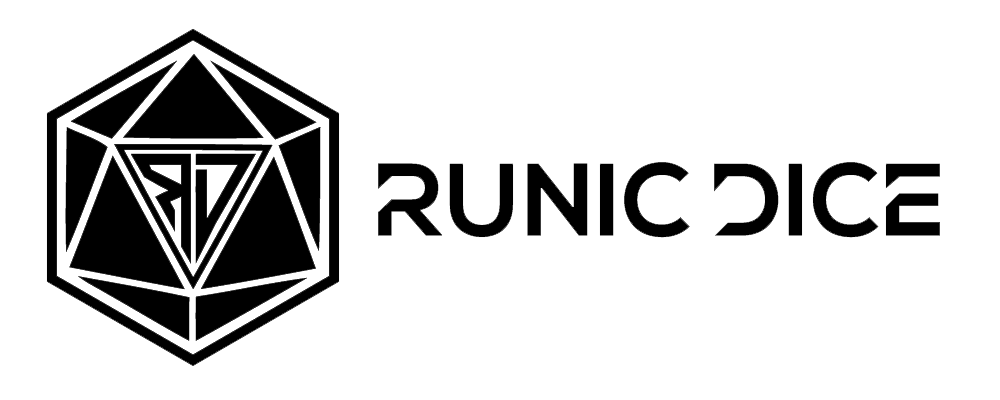


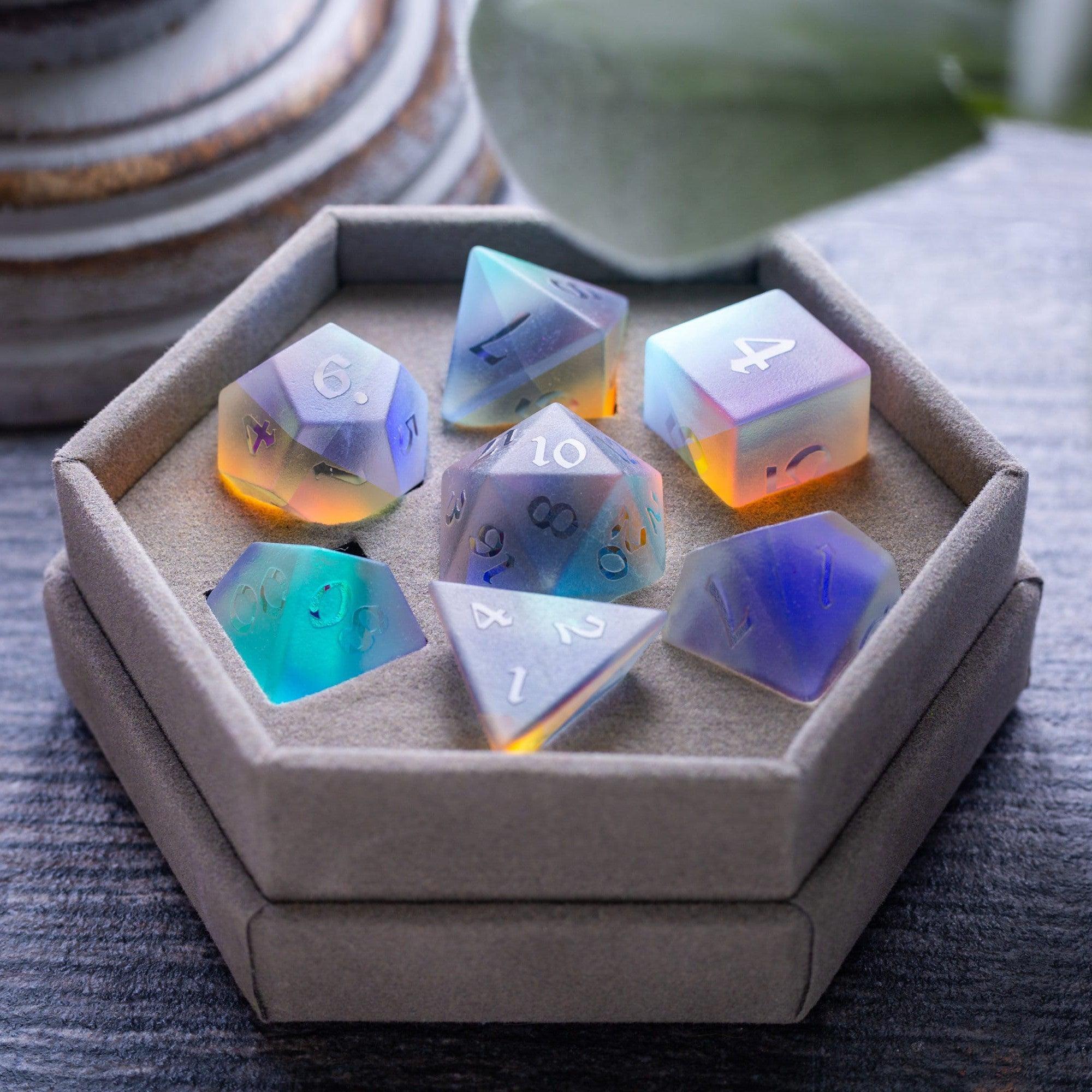
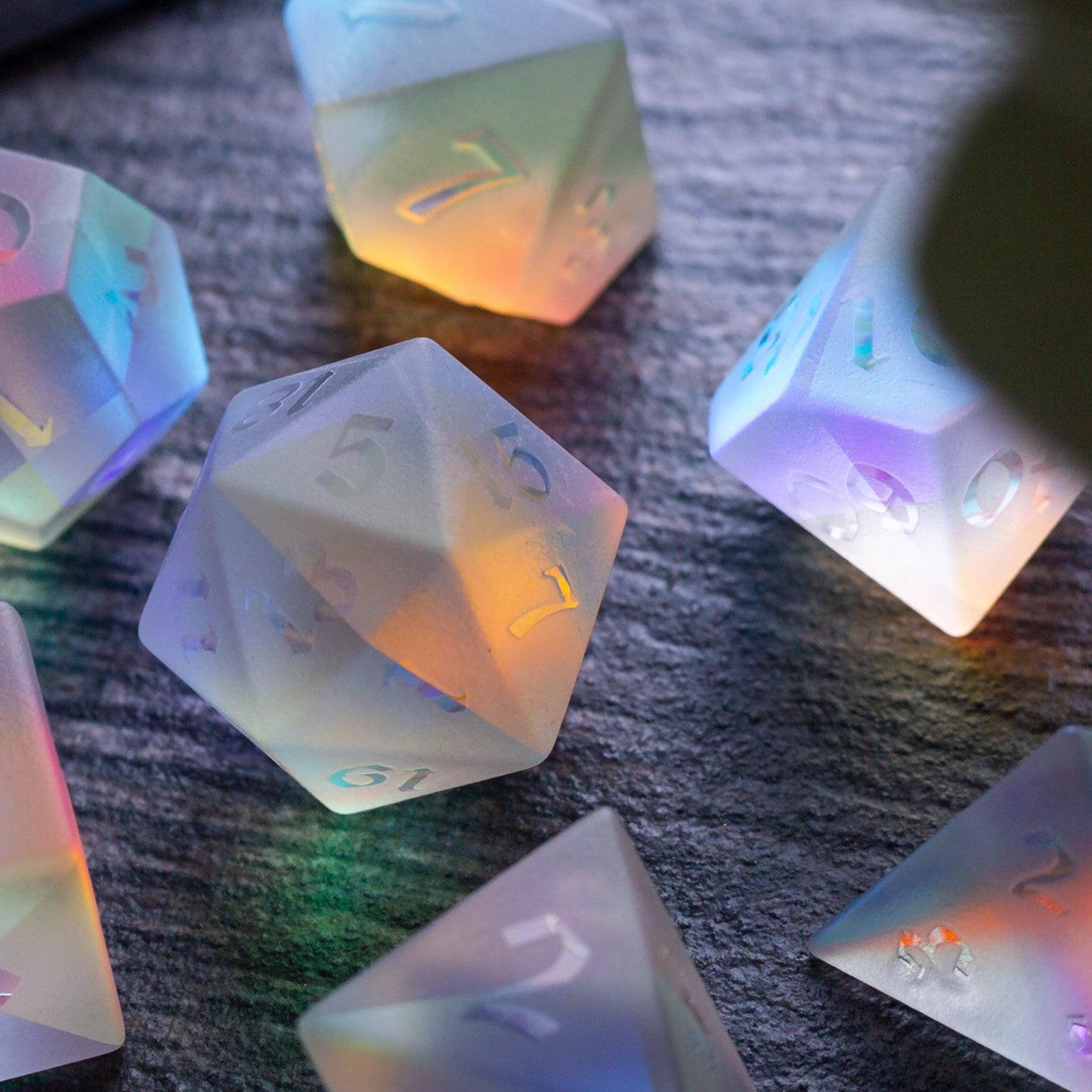
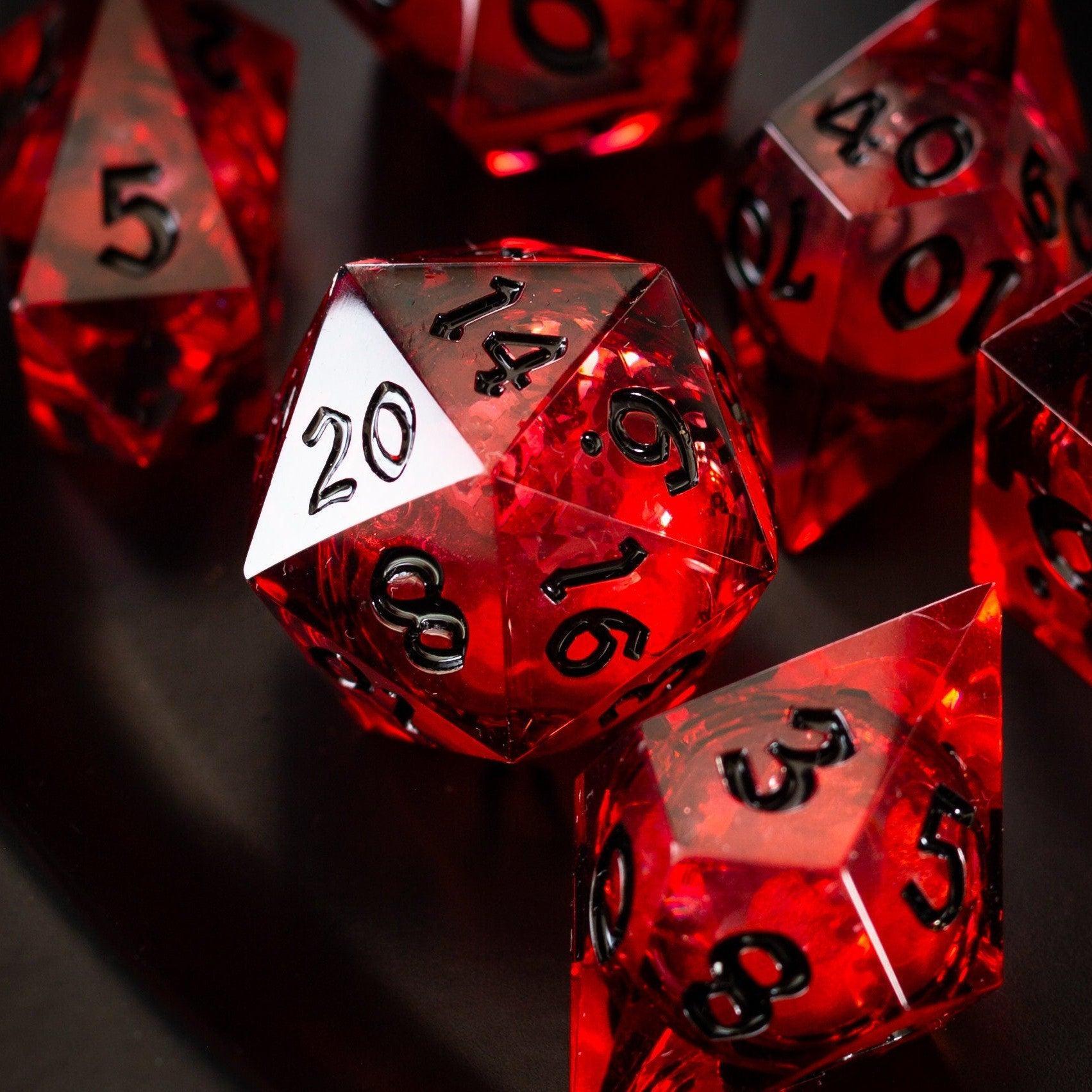
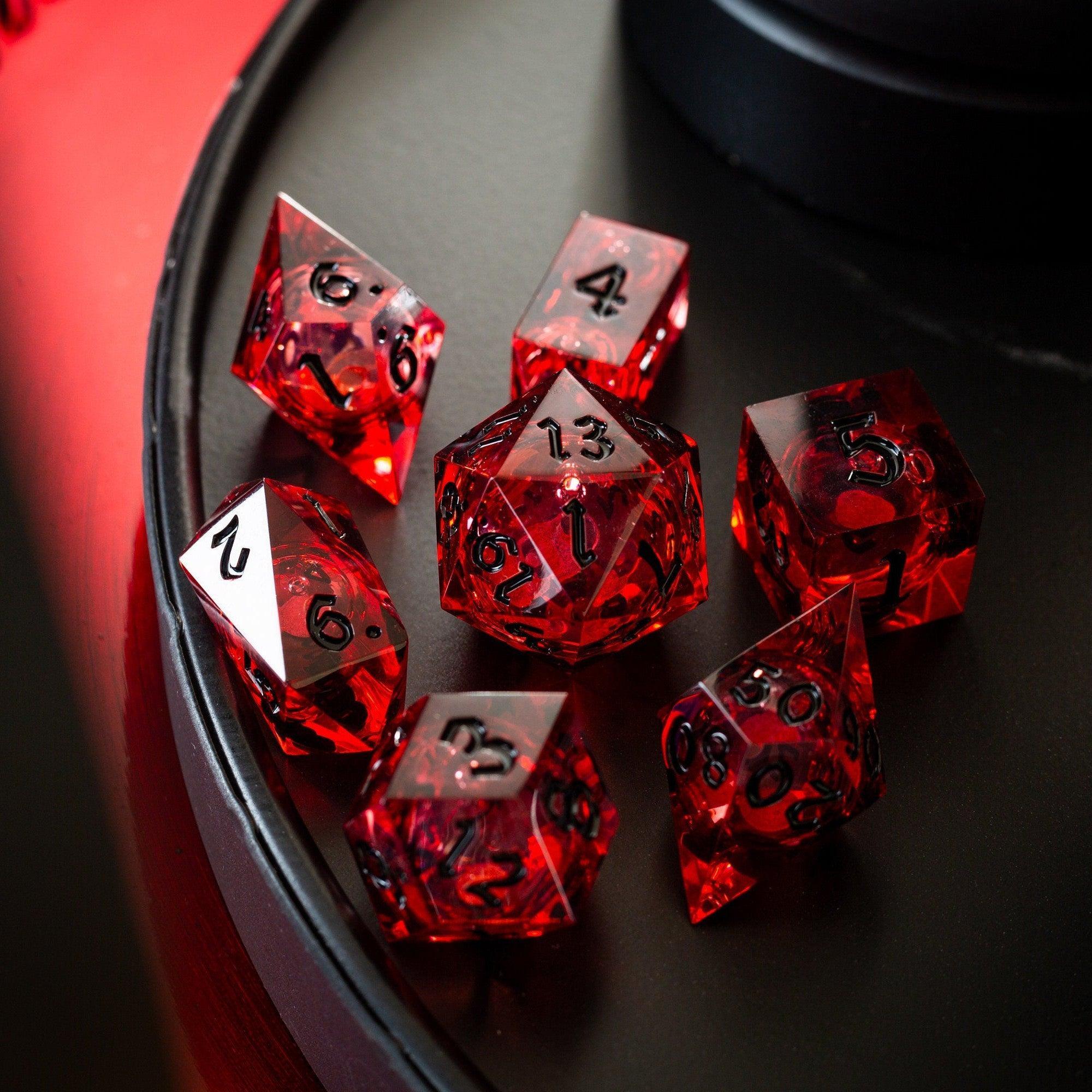
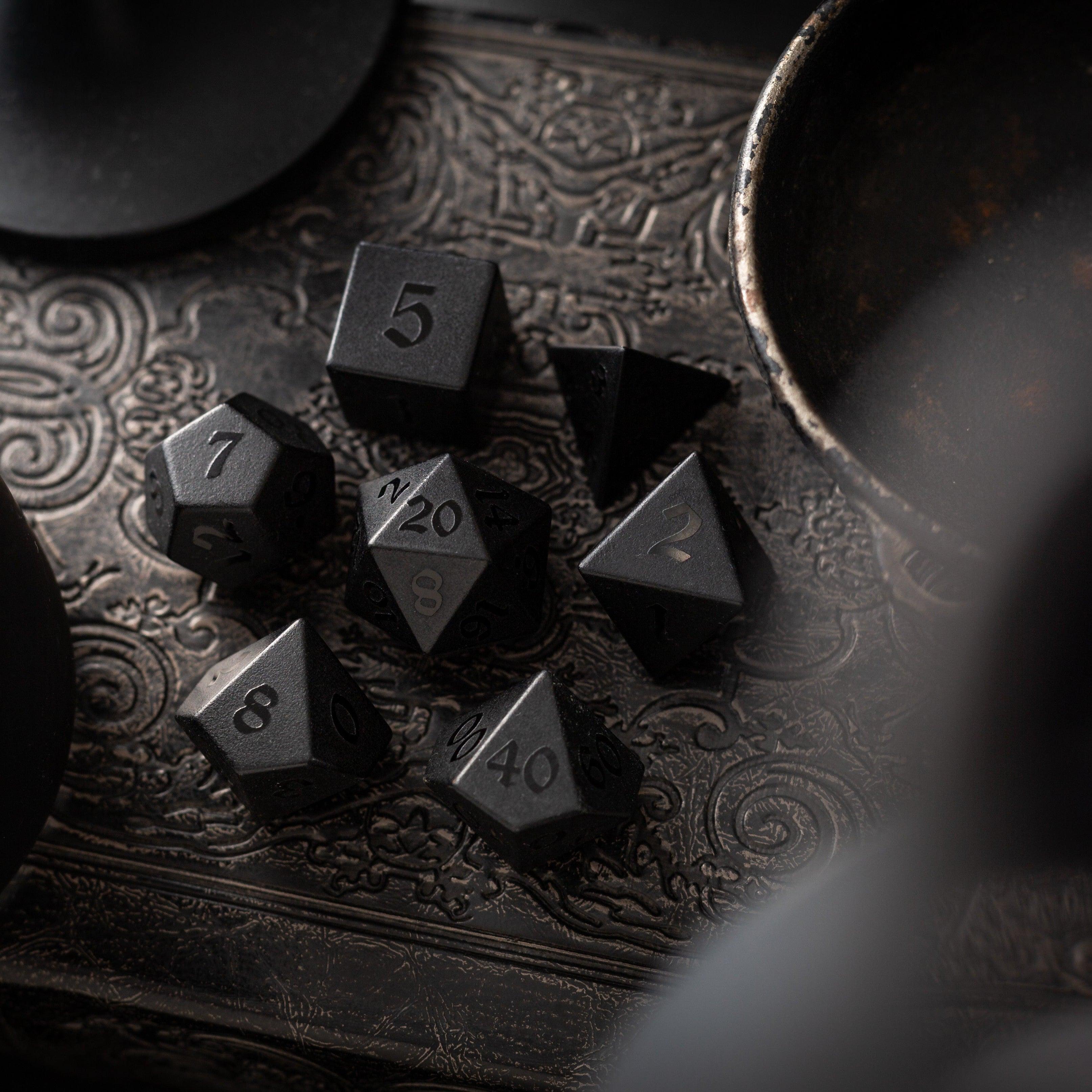
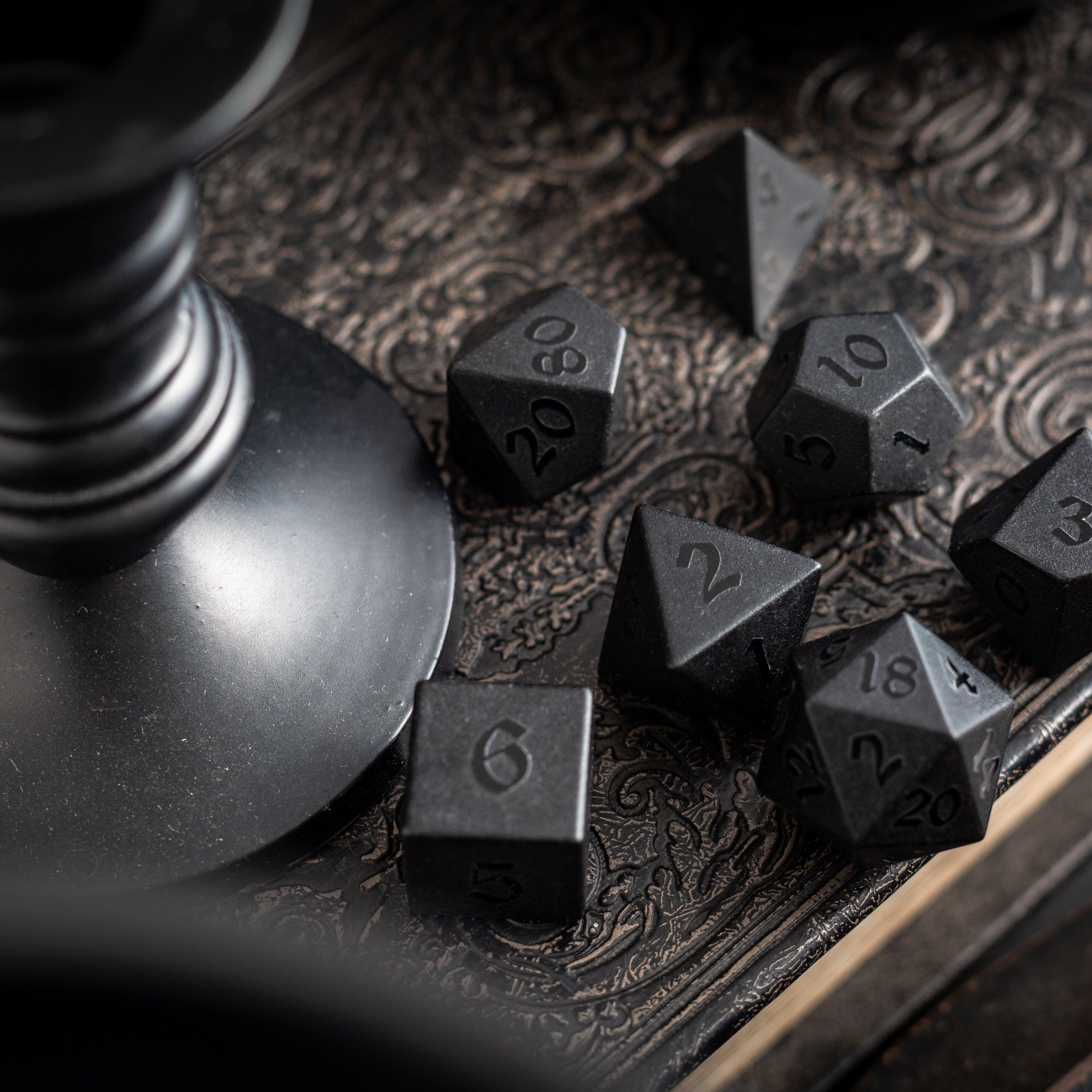
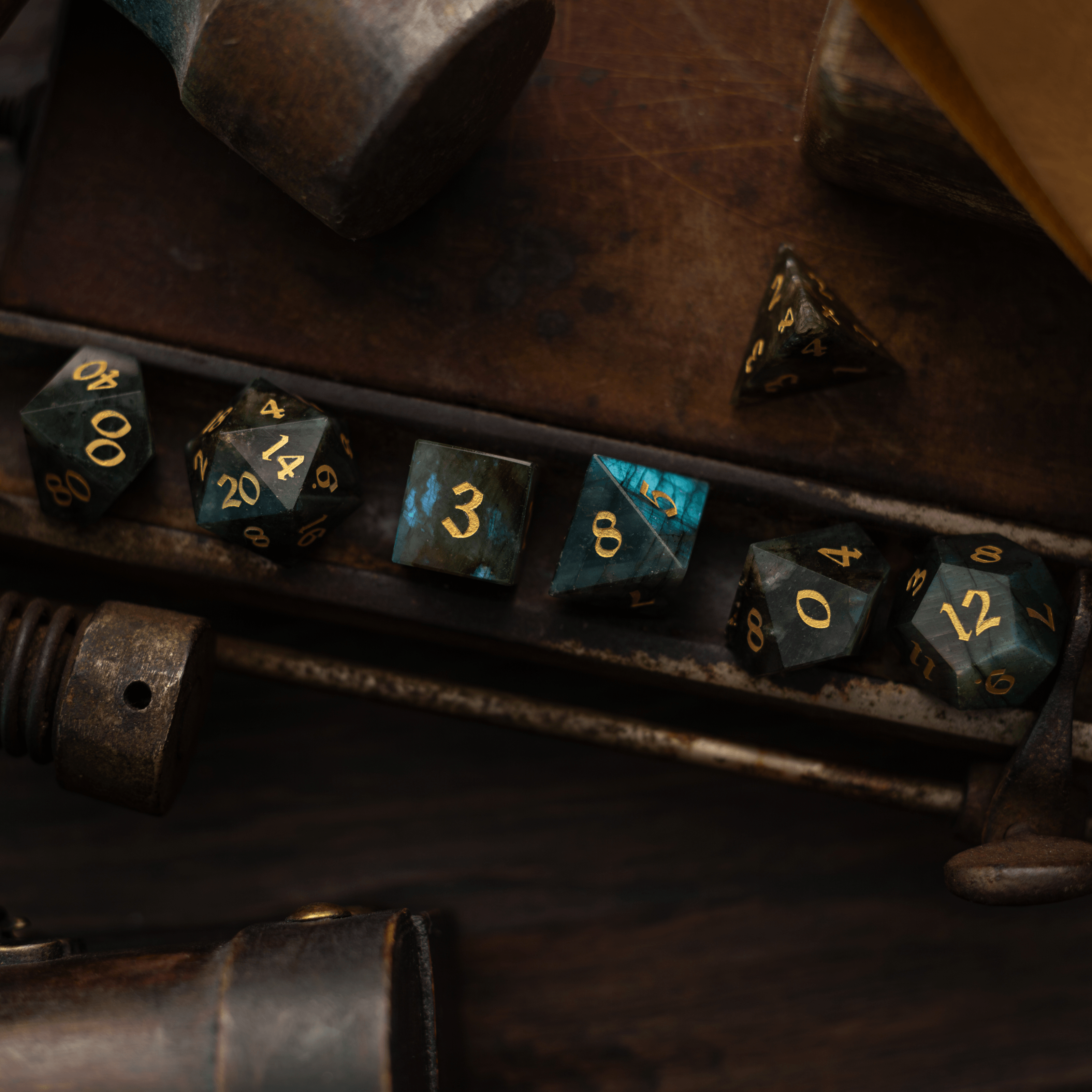
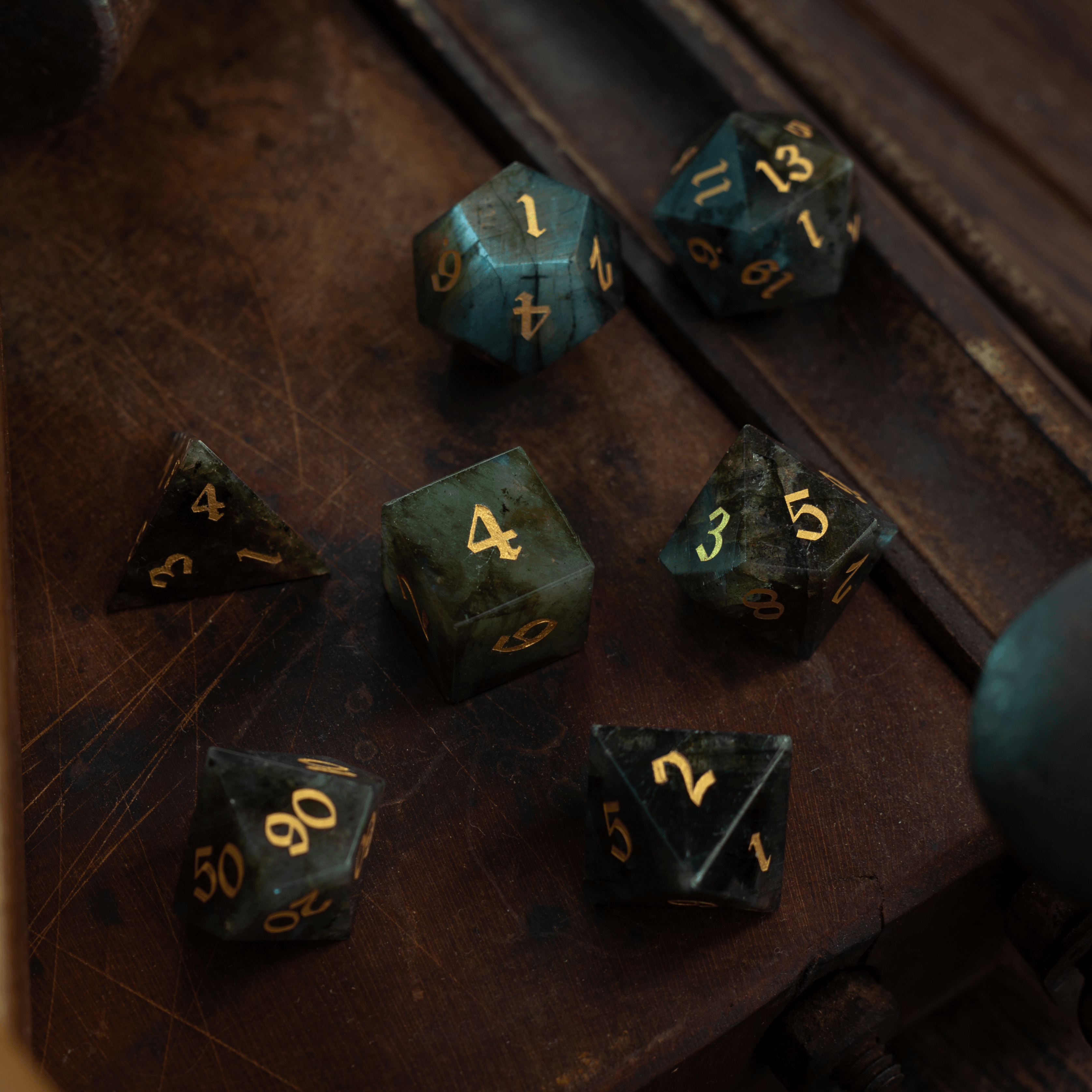
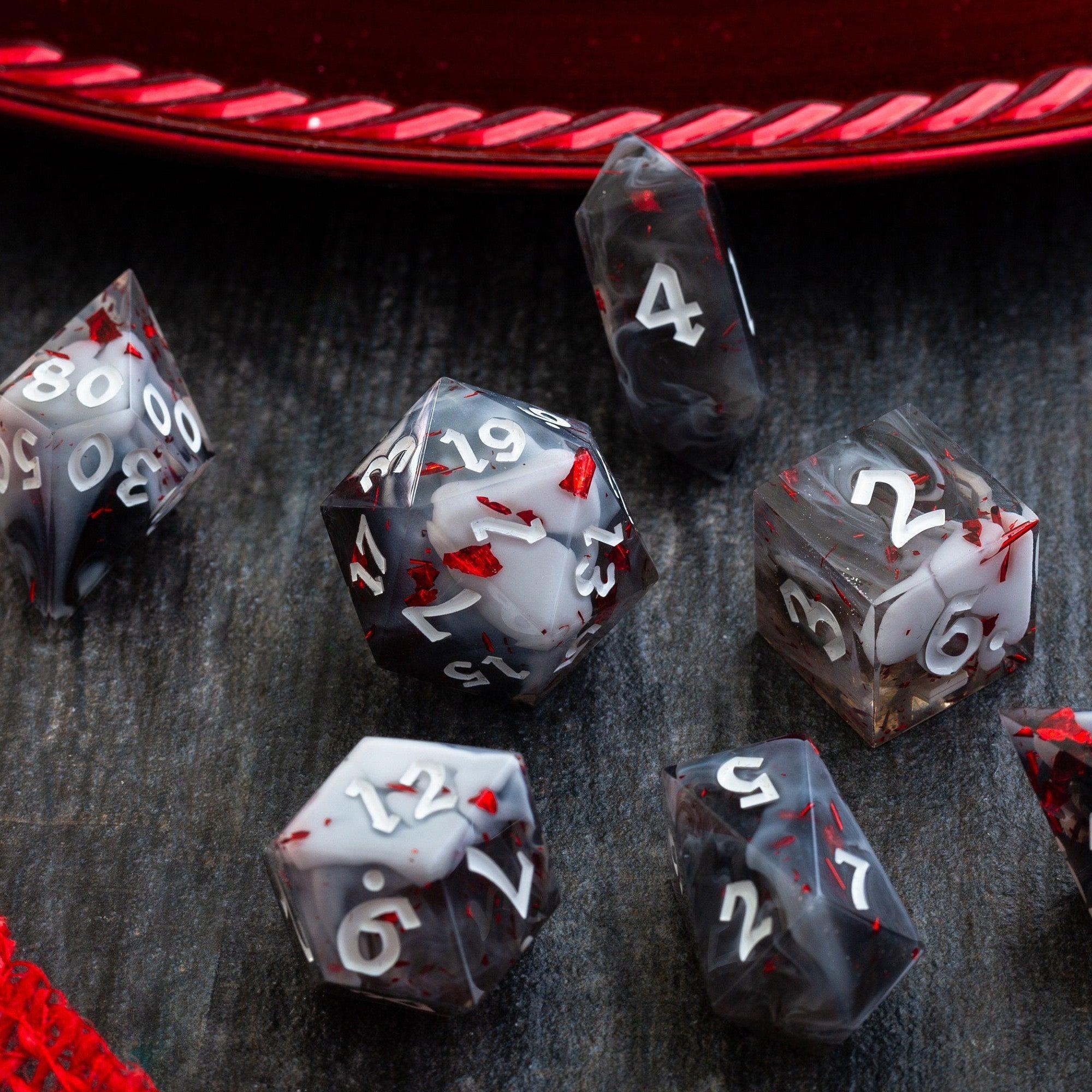
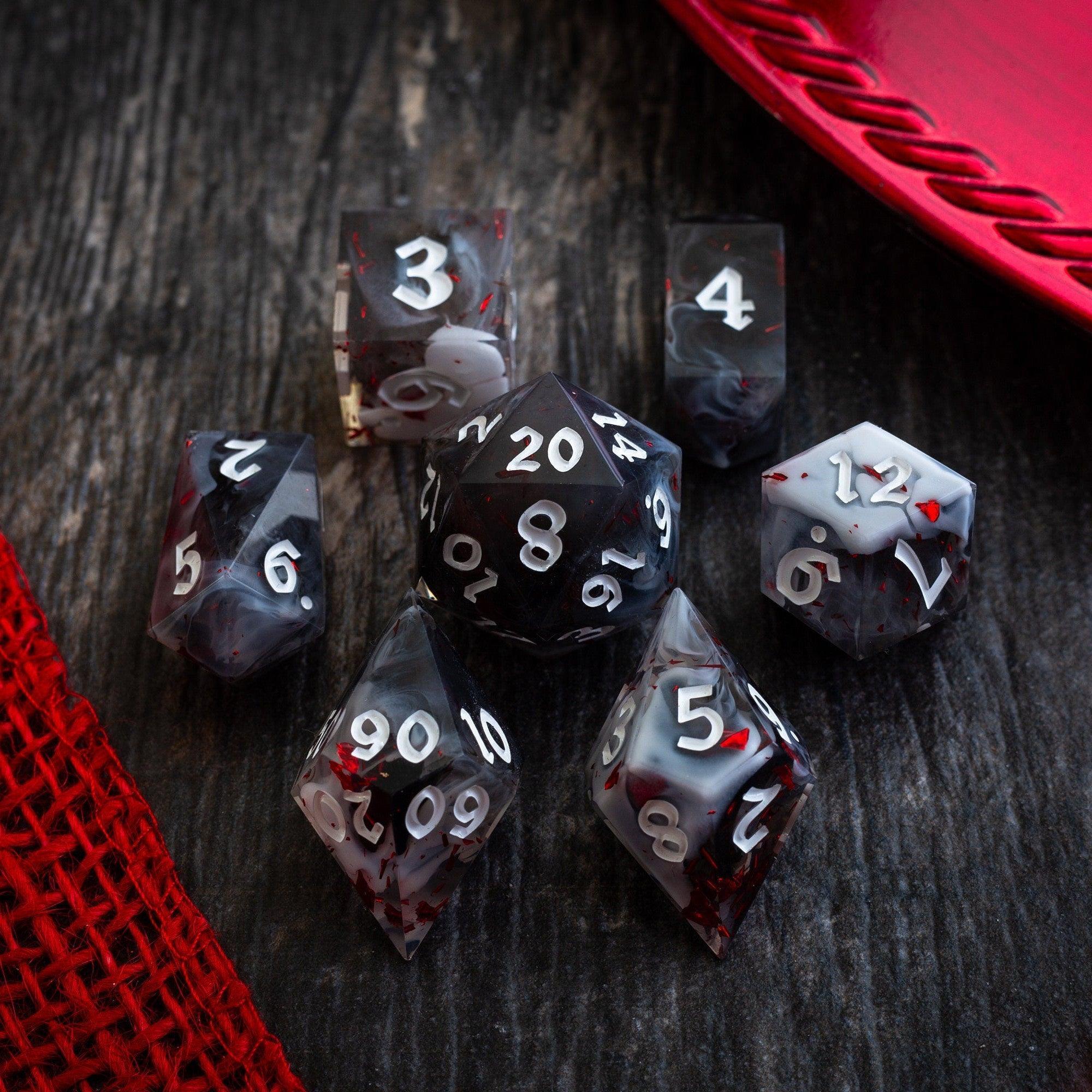
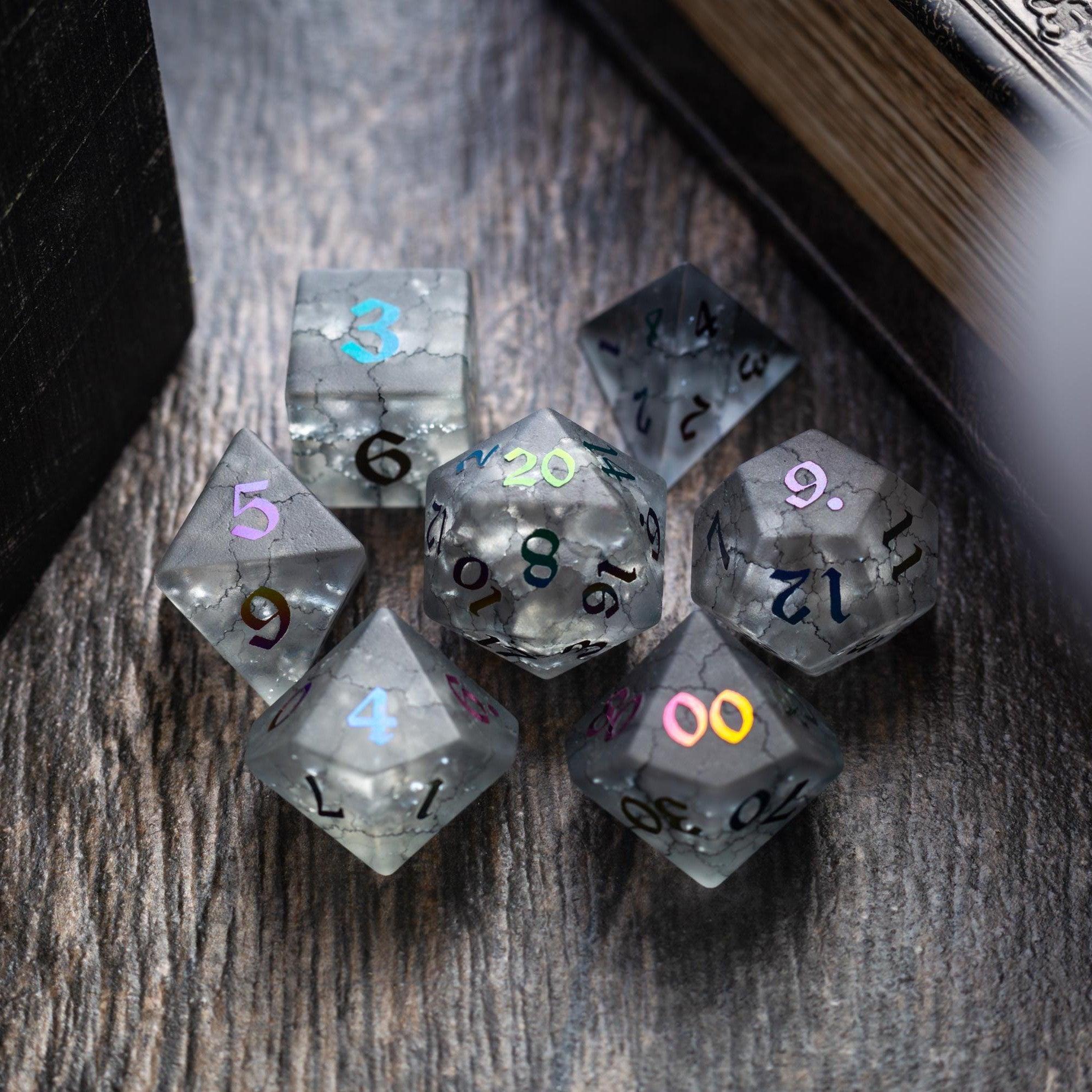
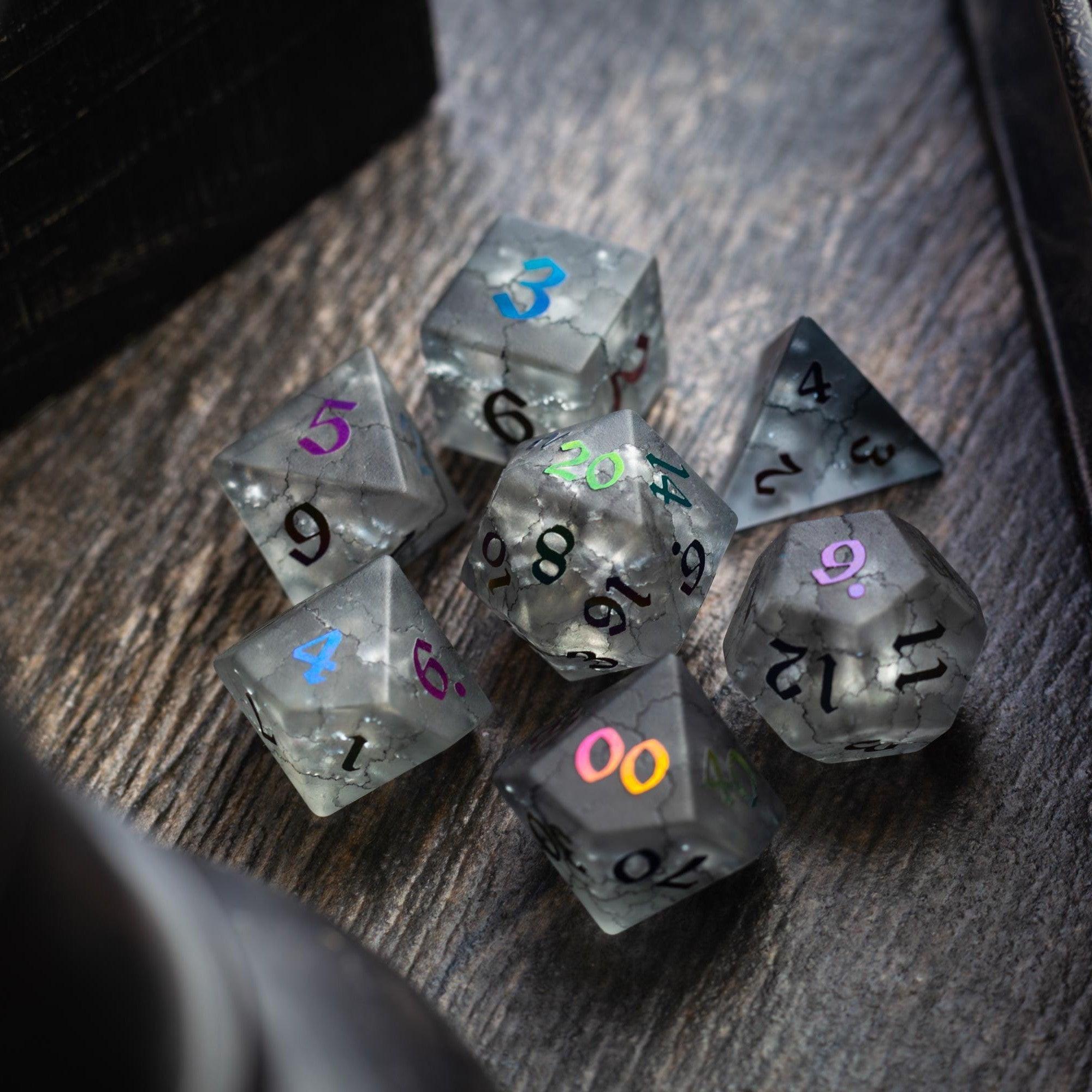
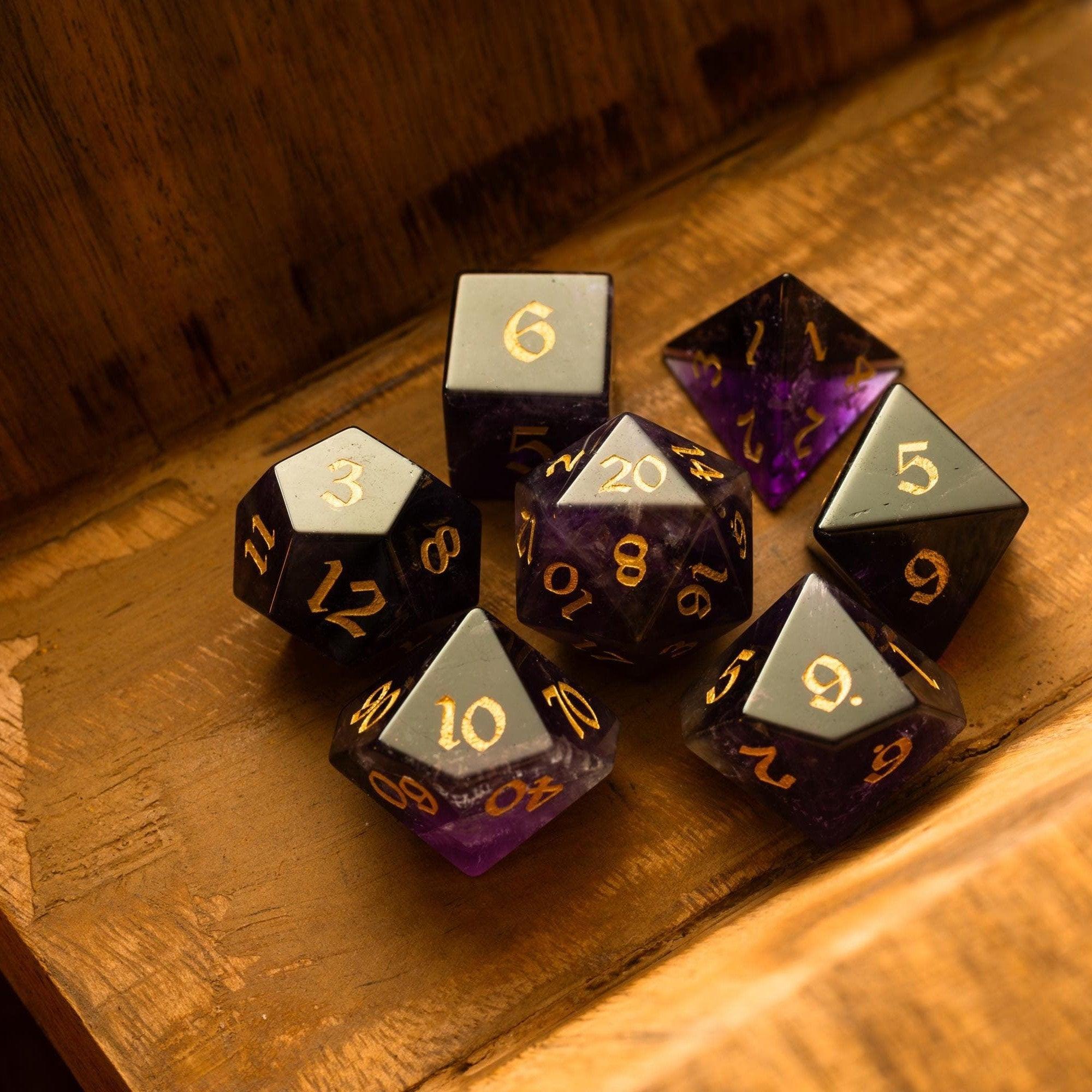
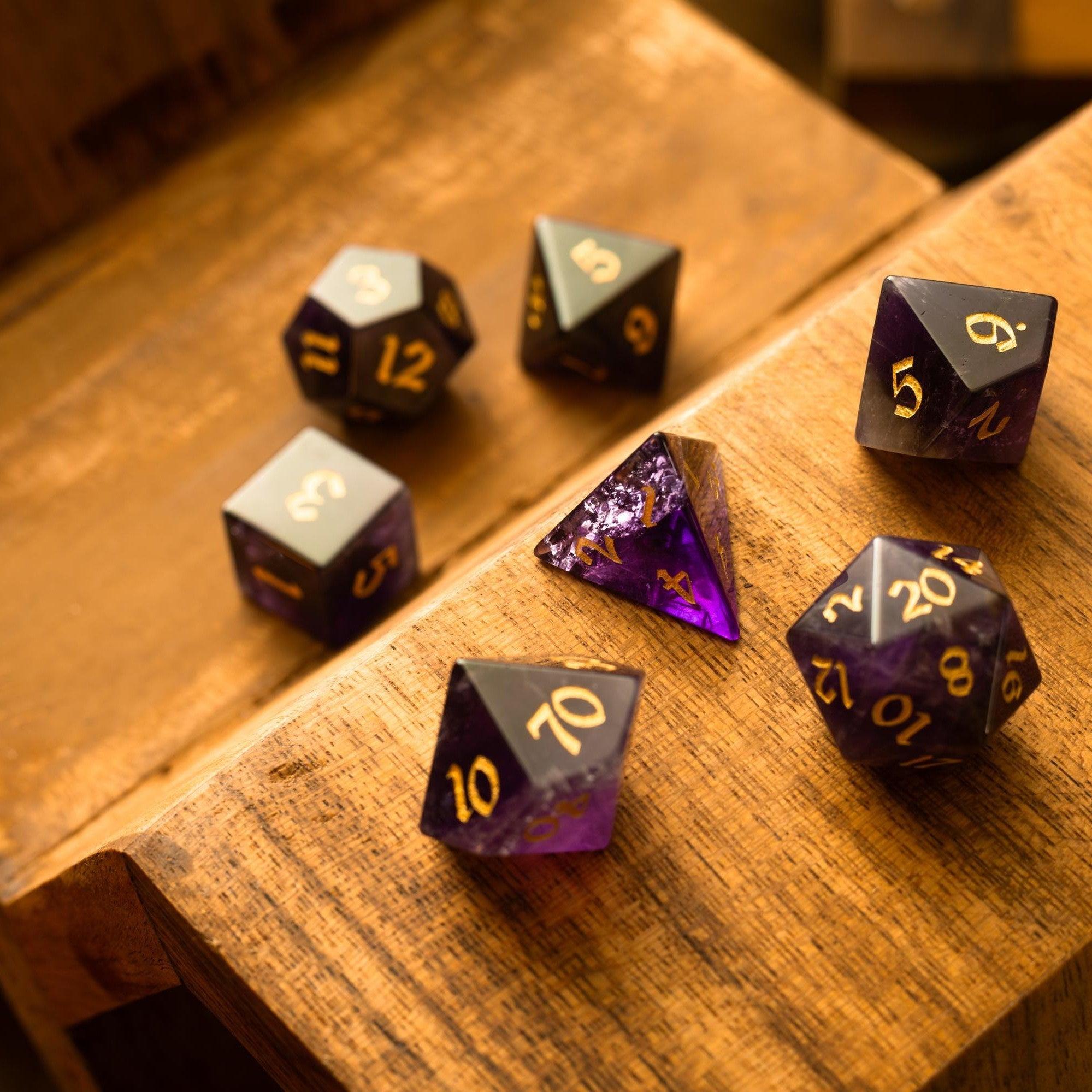
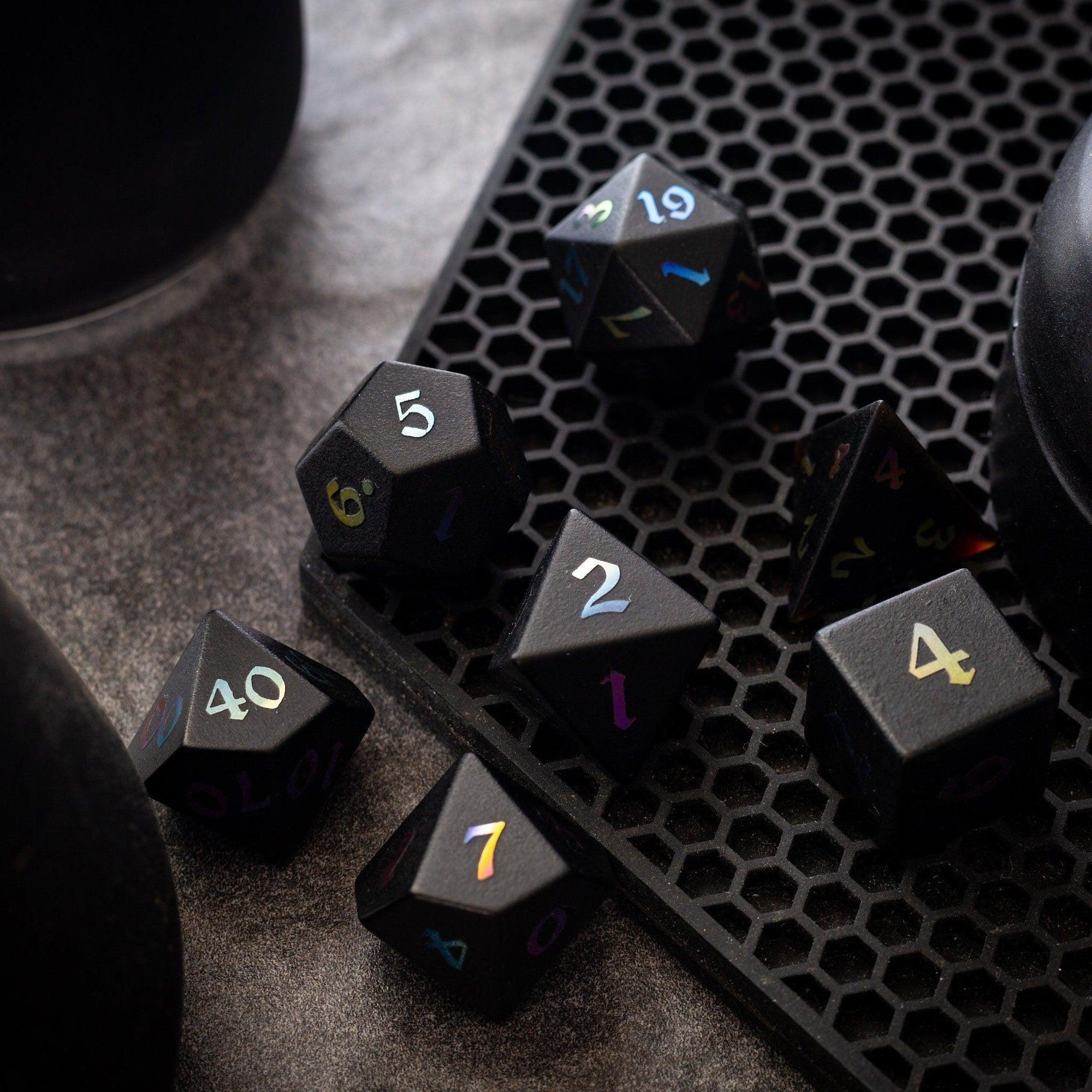
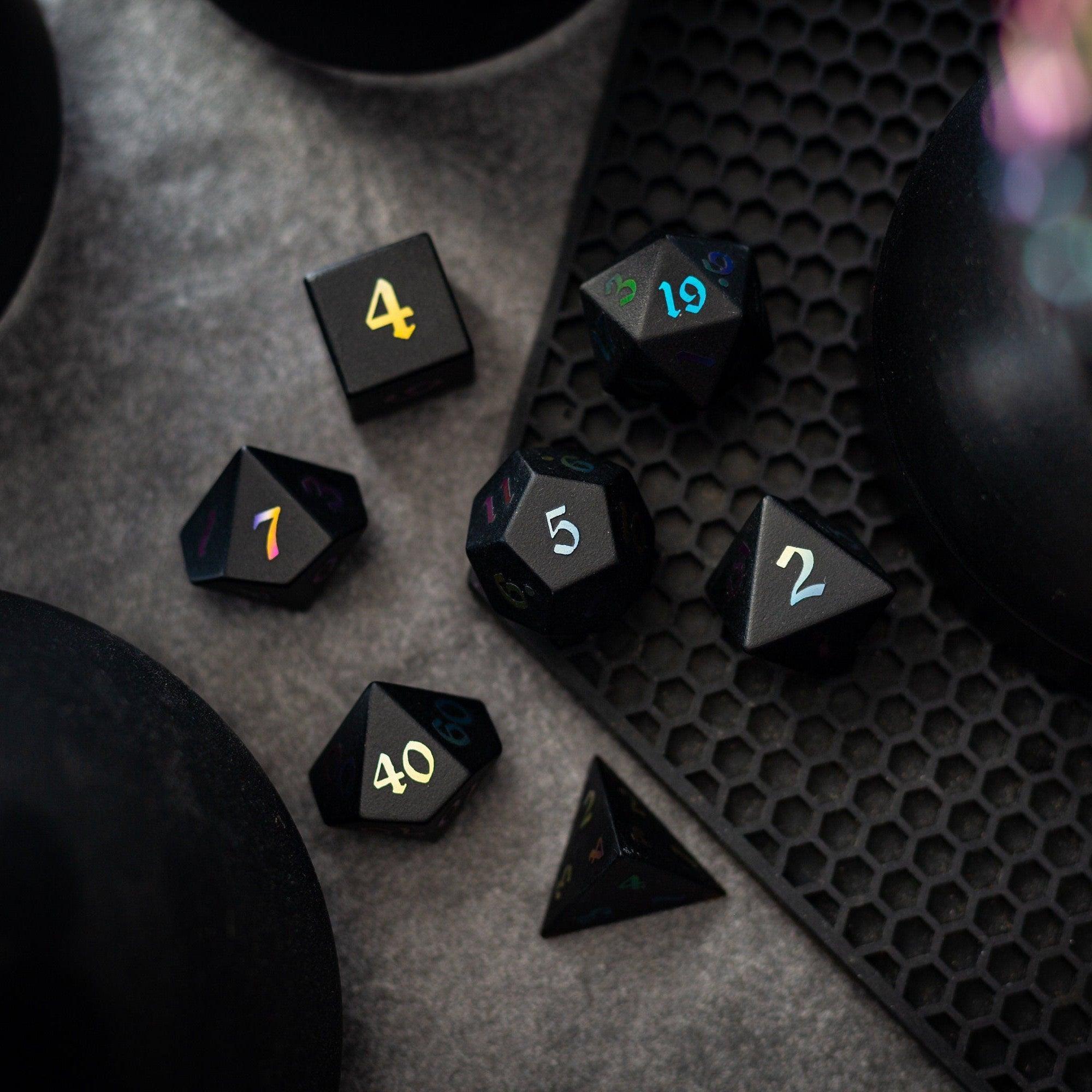
Leave a comment
This site is protected by hCaptcha and the hCaptcha Privacy Policy and Terms of Service apply.